A last hurrah for plotlanders, Britain's interwar guerrilla housebuilders
In the chaos and poverty of interwar Britain sprang up a hardy breed of guerrilla homebuilder: plotlanders. Foreshadowing both trailer parks and modern squatters, they constructed semi-permanent dwellings on land not needed for agriculture – near motorways, in woodland, on cliff edges. Godfrey Holmes celebrates the spirit and ingenuity of true property pioneers
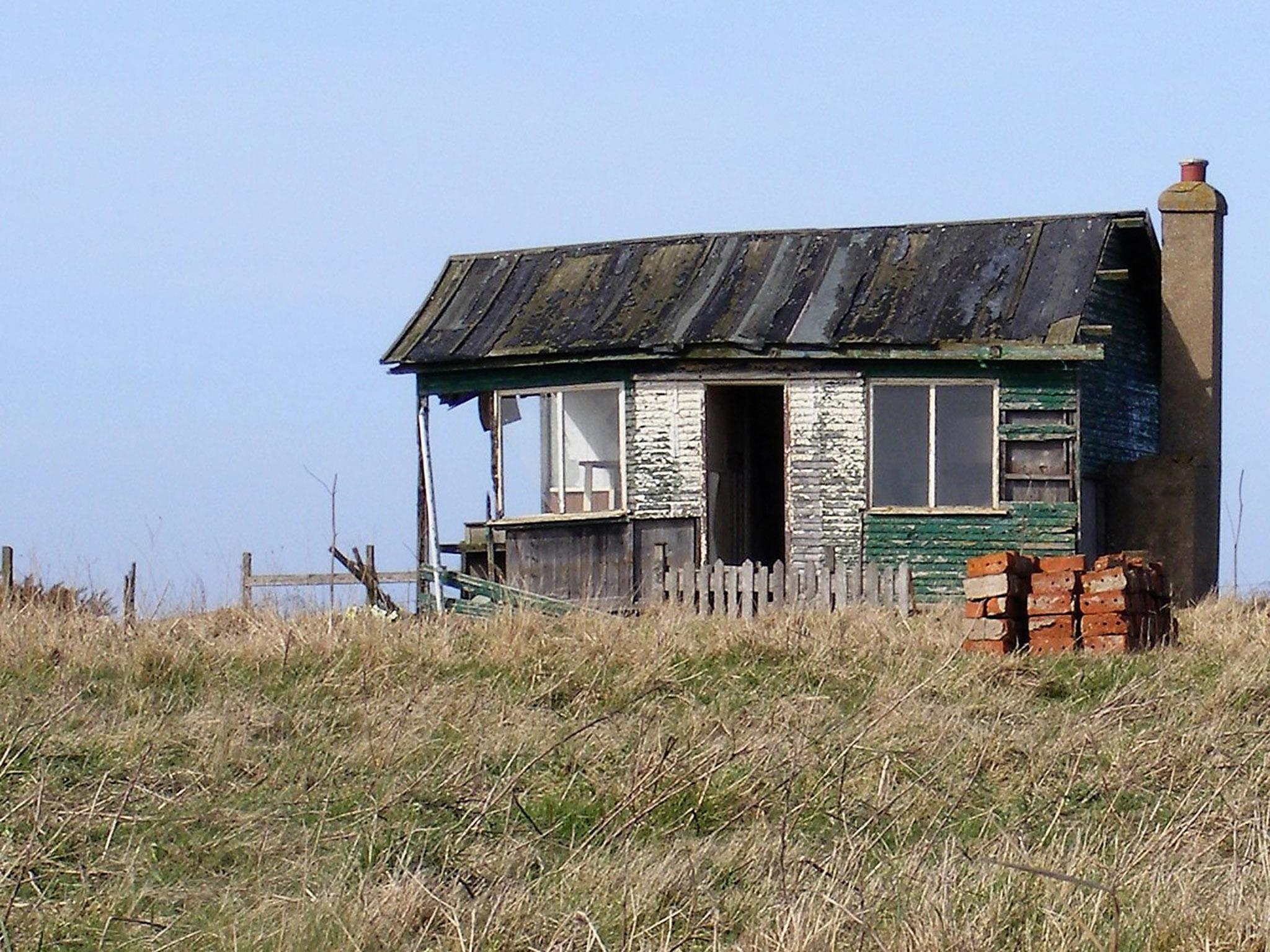
Oh that a little plot of land might become available: high on purple moor, low in lush valley, on the edge of sleepy village – or perched on cliff above the pounding ocean: there to build one’s habitation; there to settle, untroubled by the outside world. This was the dream of the “plotlanders”, 90 or so years ago: thousands of people, rootless, dispossessed – yet determined to do the best for themselves, their spouses, and future generations.
Time itself, decay, the relentless advance of technology, positioned to quash that dream in a new millennium. For who could resist an emboldened army of pipsqueak enforcers? Game, set, match to county hall. Surely. Or not? The sheer cussed pride – vision narrowed – of settlers, whether in ancient Mesopotamia, Memphis or Much Wenlock, remains undiminished. Plotlanders are dead. Long live the plotlanders.
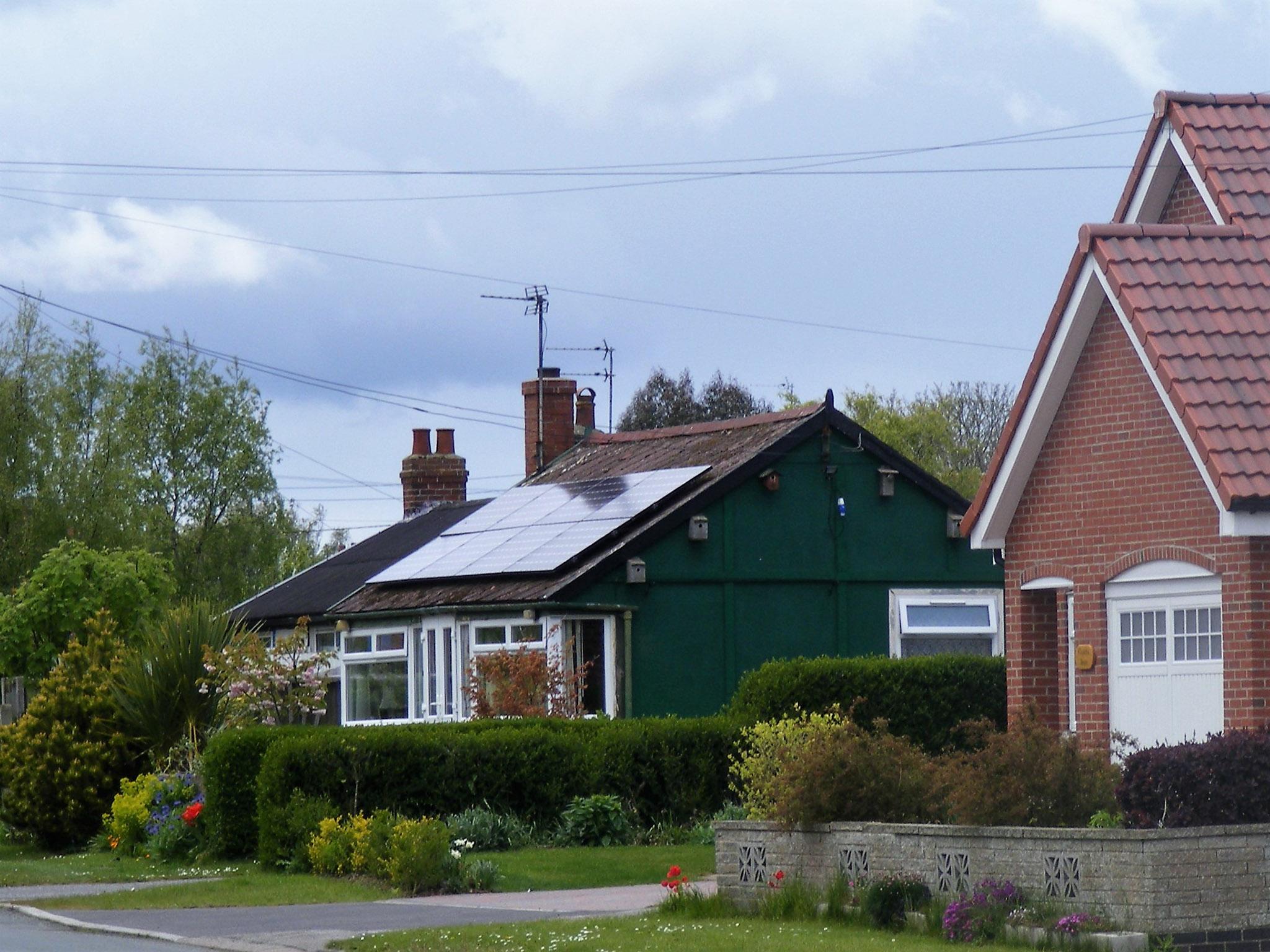
Britain’s Plotlanders are not evenly distributed. I first noticed the phenomenon on a narrow road leading to Acrefair and the conical hill Castell Dinas Brân, high above Llangollen. Then I spotted those same iconic – yet strictly “temporary” – homes during two railway journeys: rounding St Bee’s Head in Cumbria; later chugging along the Severn valley from Bewdley to Bridgnorth. Peacehaven came into view much later.
Nor did it require a detective to discover plotlanders most impacted upon, most robbed, by disaster: in the case of the Lincolnshire coast, Norfolk, working south, the great East Coast Floods of January 1953; in the case of Pensarn and Prestatyn, the devastating floods of February 1990: Welsh plotlanders’ worst, but not their last.
Plotlanders in Great Britain are different from their distant cousins on the edge of the world’s most densely populated cities: Manilla, Rio, Calcutta, Johannesburg; also migrants inhabiting the Jungle camp outside a more prosperous Calais. Such destitute settlers are, rightly or wrongly, deemed to be illicit; unsightly; beggars; a nuisance. Those settlers have gained no right – even over decades – to be where they are. Their shacks, hovels, lean-tos, can be bulldozed at any moment – and are. So it is that those with no quality of life, no reasonable standard of living, no prospects, nor hope, risk denial of shelter.
In contrast, our plotlanders have been scrupulously careful to gain, and retain, permission to build, permission to stay. Their haphazard, unreconstructed habitations might not be to every conscientious developer’s design; nor any town planner’s trophy – but they are functional; cheap to maintain; cosy; quirky; precious; irreplaceable?
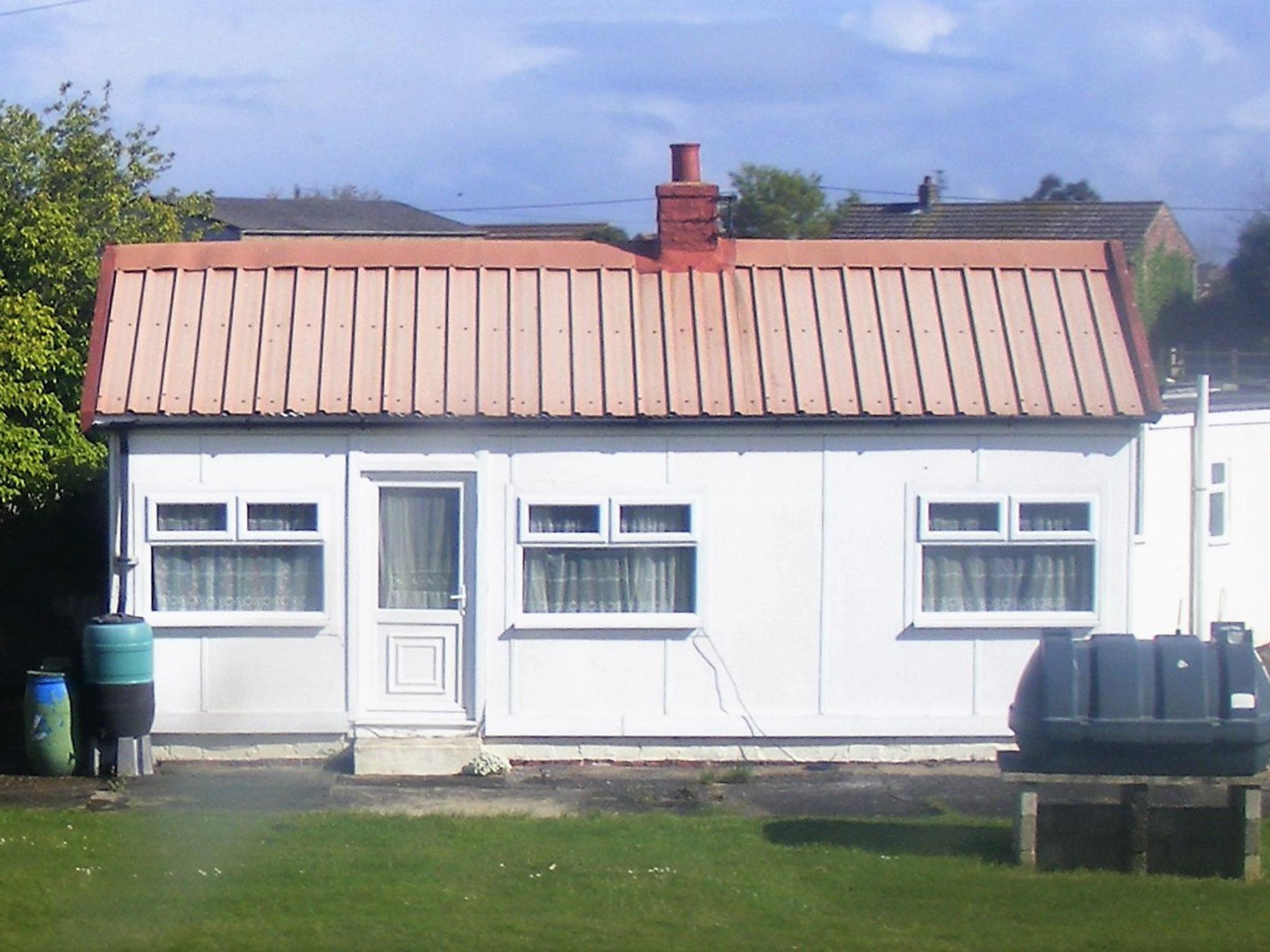
And usually these particular dwellings are one-storied, apex-roofed, graced with porch, verandah too. That said, some hastily erected examples of the 1920s and 1930s do away with gables in favour of flatter roofs covered with garden-shed felt. Lots of felt. Felt roofing sprawling extensions as well. Because, unbelievably, the original footprint of many of these structures was generous beyond their occupiers’ expectation. Marginal land was cheap then: land 60 miles or less from central London!
So if timber and felt are essential ingredients of plotland, which other materials are favoured? Panels of asbestos. Corrugated iron. Iron sheets now rusting as wall or covering. Hardboard: later supplemented with chipboard. Clapboard. Lots of it. Chicken-wire also. Car doors. Flint. Pebbles. Second-hand bricks. Discarded glass. Recycled anything.
Over the years, this smorgasbord of perfunctory construction materials has been rationalised , streamlined, to take account of, and to incorporate, secondary double-glazing, draught-exclusion, disability aids & adaptations, the indoor lavatory – and burglar-proofing. Yes : these dwellings are still piecemeal – and rudimentary – but rather more comfortable than pre-war preferences, post-war constraints, dictated.
And what names are chalets called? “Rosedean”, “Kenilworth”, “Shamrock”, “West Lea” are predictable, perhaps. But how about a name that points to origin: “Bertie’s Bonus”, “Beach Reach”, “Whitechapel Left”, “Lost View”?
Many pioneers, the earliest settlers, have gone into nursing homes, or died. Maybe they handed their home on to son, daughter or younger cousin. Or sold their bungalows, as seen, with vegetable plot and crucial planning permission.
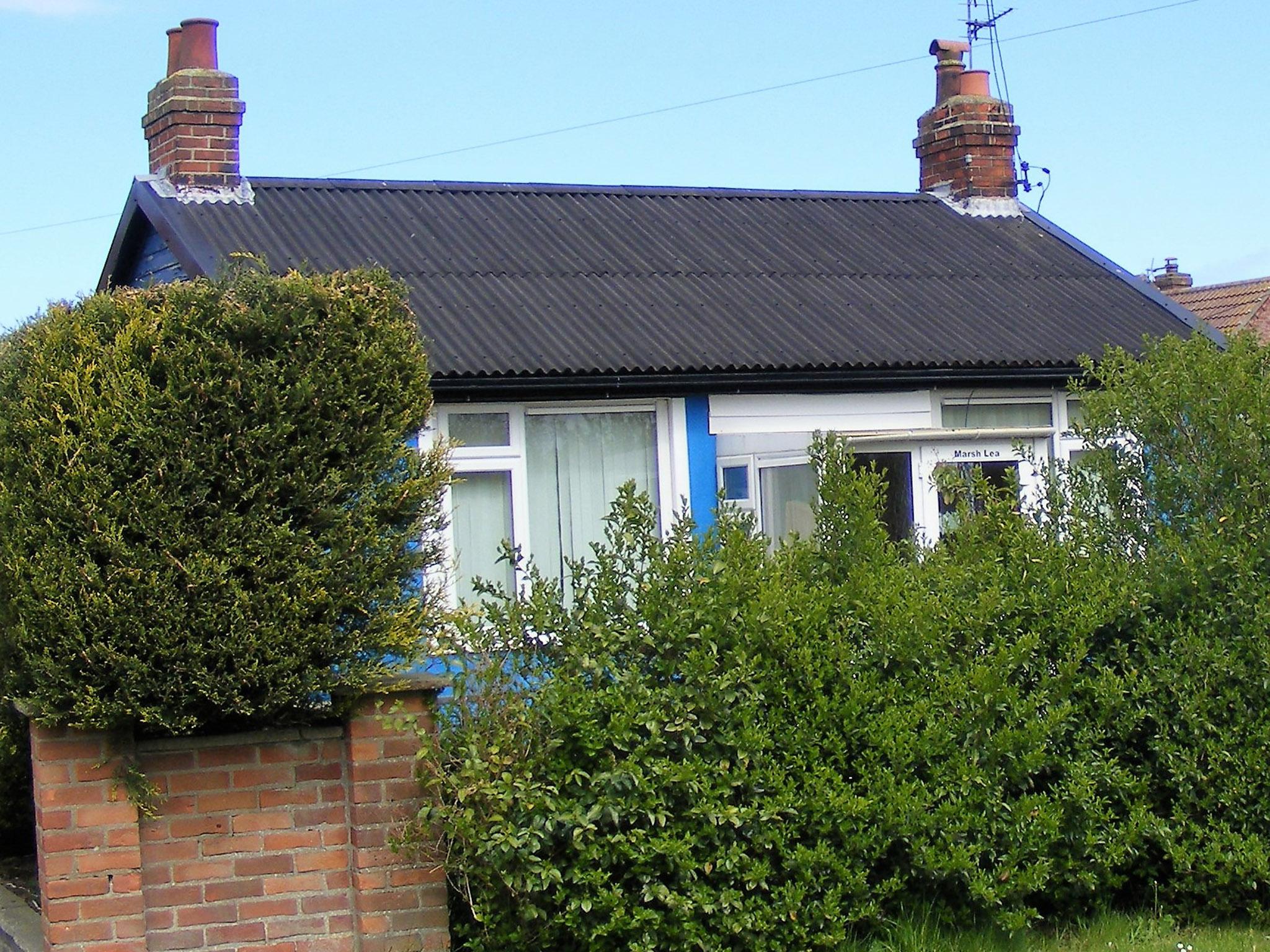
Plotlands and planning permission do not always sit easily together. Some rural or seaside councils still insist that older properties are lived in only 10 months each year – so reducing, forbidding, permanent occupation. Where this happens – or where a home is leased to seasonal holidaymakers – some of the primary logic of plotlanding is revived. Because many perfunctory, riverfront, or cliff-top properties were initially intended for holiday use only.
Later, surrounding village or seaside land was snapped up by caravan site- owners, prototype holiday camps: fields that at first welcomed tents and towed caravans. The British love affair with the caravan has never really ended – despite the superior attraction of Dormobiles, camper vans, Winnipegs, and latterly, “static homes”. And it is the arrival of these larger, factory-built, luxury, statics – row after row of them, flank after flank of them – that has spelt the death knell for older, odder, non-uniform, bungalows not much bigger in floor area than their similarly wheel-less neighbours.
Static site-owners are notoriously fickle and hard to please. It is in their interest to shed their downmarket, Hi-di-Hi, Butlin image; and take on rather more upmarket and exclusive trappings: venues with all amenities to hand and paid for – whether swimming pools, celebrity singers, gaming machines, bars, restaurants, cycle-hire hubs, spas: anything but bingo, knobbly knees, glamorous grannies.
So it is unsurprising that a few multimillionaire developers are willing to give plotlanders an offer they cannot refuse; an offer to buy them out – always under the pretence of site expansion – coupled with the promise of those first dwellers spending their final days in Marbella or Majorca, or for that matter in a McCarthy & Stone in Bournemouth or Maidenhead.
Naturally, dozens of plotland bungalows and chalets are still owned by local farmers: unsurprising, as it is often farmland beneath each raft of floorboards, nailed to railway sleepers, underpinning the temporary dwelling-house. Hundreds more – maybe life-expired – wooden bungalows have been forgotten about in somebody’s will, or abandoned to coastal erosion. Others have been clad with bricks, or decorative blocks of cement, so that their true origins cannot be divined.
Fire is a hazard as great as rain and wind. In a serious fire, these homes would be burnt out in minutes: a risk exacerbated by a higher proportion of dwellers being of an older generation, and smokers. Then there are the allied obstacles of insurance and mortgage. Because of their unconventional, antique design, temporary bungalows are very expensive to insure; impossible to mortgage. They have no foundations. Thus attracting cash-buyers or profiteers only. Leaving the profiteer to demolish and rebuild, admittedly to a higher specification, but with their local council allowing 1.25, 1.5, even double the pioneer footprint.
If total rebuild is a partial solution, how do we confront residual poverty? Aged plotlanders are working-class and far less likely to have generous state or private pensions. And where somebody has spent all their savings on a shell, will he or she have the wherewithal for enhancement, reinforcement, painting, modernisation – or even contents insurance? Kinmel Bay’s poverty was not only exposed in the horrendous floods and gales of 1990, but also after Towyn’s 2013 immersion . Successive dwellers lost almost everything, and had to throw themselves on the mercy of disaster-emergency housing: ironically often in holiday camps, or in nearby stately home Bodelwyddan Castle. A case, perhaps, of equity restored to people singularly short of equity?
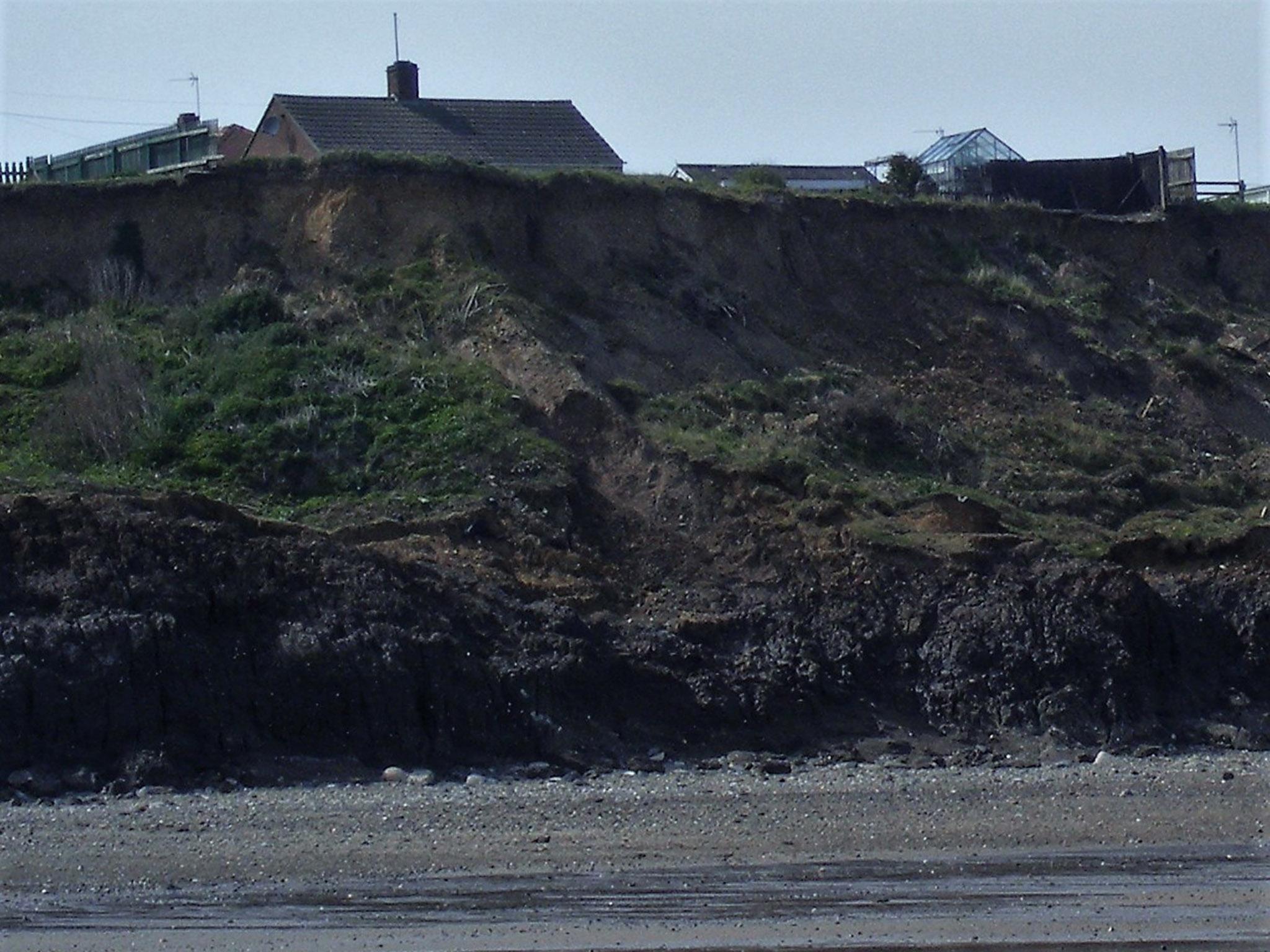
Poverty rears its head nowhere higher, including all our big cities, than in the deprived coastal community of Jaywick Sands in Essex. Jaywick has had a chequered past. Workers at Ford’s Dagenham plant sought a country retreat at Jaywick, near Clacton. Land was cheap there, and car engine packing- cases so assisted construction that Jaywick’s passages bore names such as Hillman, Wolsesley and Bentley. Come heavy German bombing of London’s East End, and many of Jaywick’s holiday hideaways became permanent, yet without the adoption of proper roads, drainage or mains electricity. Whereas Basildon was built over Plotland Vange and Plotland Laindon – settlements both with their own cinema – poor Jaywick was condemned to slow deterioration.
Do such architectural “follies” explain why current plotlanders are so defensive, so unwilling to open the door, so reluctant to talk? The United States has exported that horrible soubriquet “trailer trash” and, worse, “white trash” or “rotter squatters” are terms sometimes thrown at those in non-permanent housing. Nor are kinder commentators, generous as they are towards plotlanders themselves, well-disposed to these makeshift, now dilapidated, dwellings helping answer Britain’s housing crisis. “sprawl”, “blot on the landscape”, “hutted camp” all, are at least polite, not too disparaging.
In summary, some of the earliest plotlands: Calow Green and Hardwick Wood near Chesterfield, Saltdean and Peacehaven near Brighton, have definitely been gentrified. Salubrious replacement bungalows here, and in dozens of other frontier townships, now fetch six-figure sums – sited as they are in “much sought-after neighbourhoods.”
Which leaves a dwindling number of the efforts of those early pioneers, with their structural peculiarities – snug hideaways, so cosy inside – catering for folk on the margins of society. The very embodiment of settlers’ age-old desire, to settle. “Settlement”: what a troubling word in Israel, on the Costa del Sol too –yet a more positive word where brand new communities sprung up near re-quarried quarries; along the path of unwanted motorways; between about-to-be-felled trees in threatened woodlands.
Never forgetting those bravest of brave people: the plotlanders’ 21st-century iteration, those who squat in apartment blocks and skyscrapers built solely, speculatively, that they might remain empty till the market picks up, rental values also sky-high.
Join our commenting forum
Join thought-provoking conversations, follow other Independent readers and see their replies
Comments
Bookmark popover
Removed from bookmarks